Chola Bronzes: Devotion in Metal
The bronze sculptures of the Chola period are among the most refined and enduring achievements of Indian statuary. Created between the 9th and 13th...
Maya M. Tola 12 June 2025
The composite form of Shiva and his consort, Shakti (another name for Parvati) is known as the Ardhanarishvara or the “God who is half-woman”. While the mythos of the Ardhanarishvara appeared in early Puranic scriptures, the concept and iconography were formulated in the Kushan era around the 1st Century CE. The currently recognizable form of the Ardhanarishvara was perfected during the Gupta era between 320 and 600 CE.
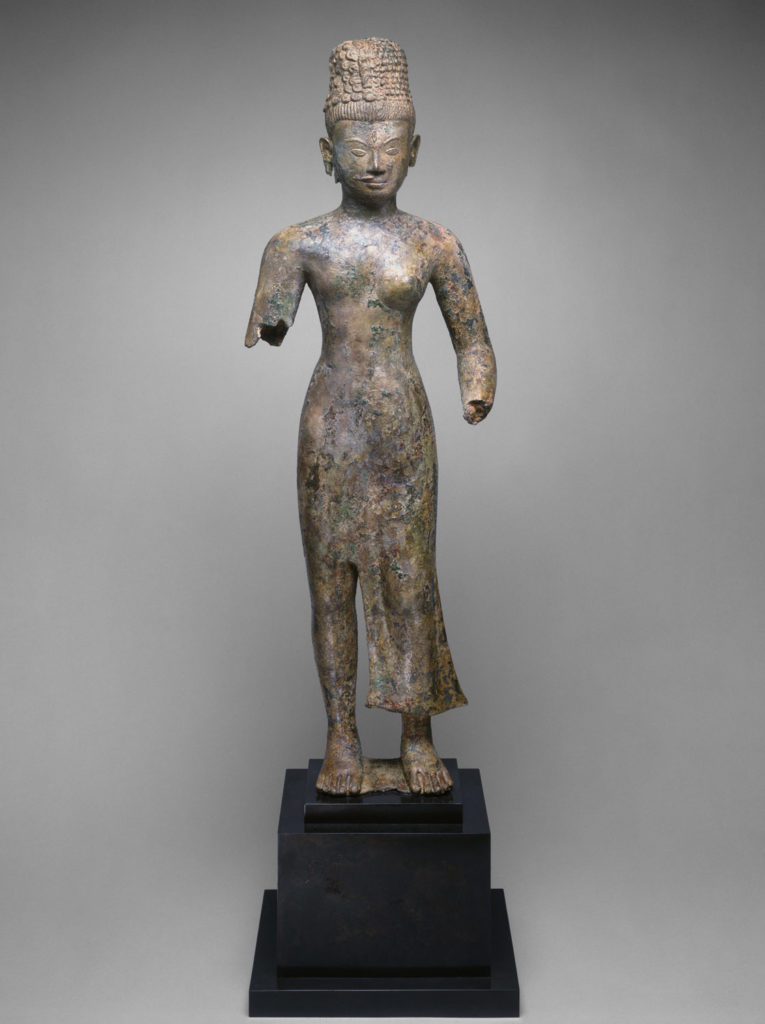
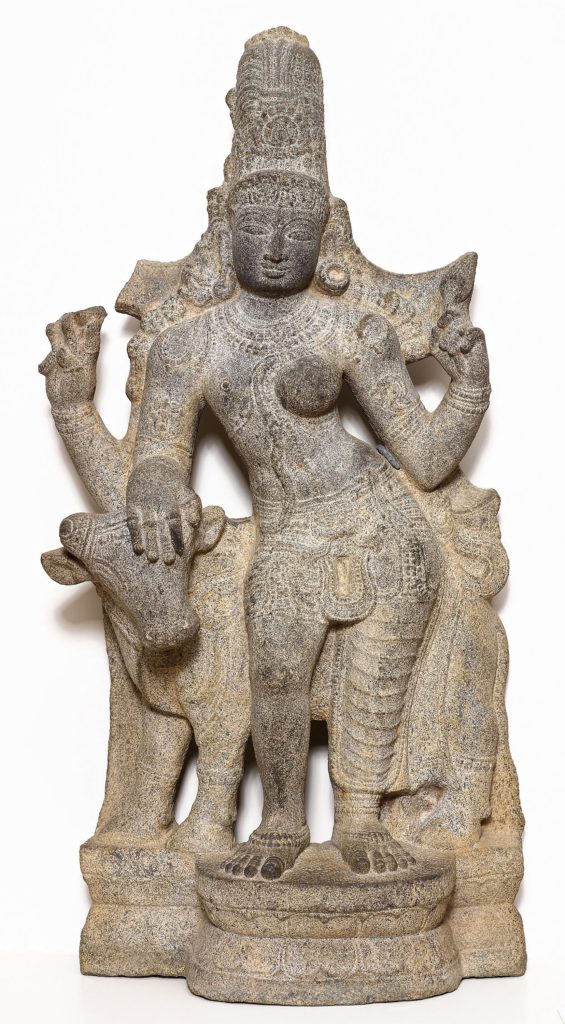
The Ardhanarishvara represents the reconciliation and harmonization of opposites; i.e. father and mother, spiritual and materialistic, active and passive, destruction and construction, and all other opposing dichotomies in existence. Shiva represents Purush, the male principle and Shakti represents Prakriti, the female principle. Purush and Prakriti are constantly drawn to one another and fuse with each other (like yin and yang). The union of Purush and Prakriti is believed to generate creation and ultimately the universe.
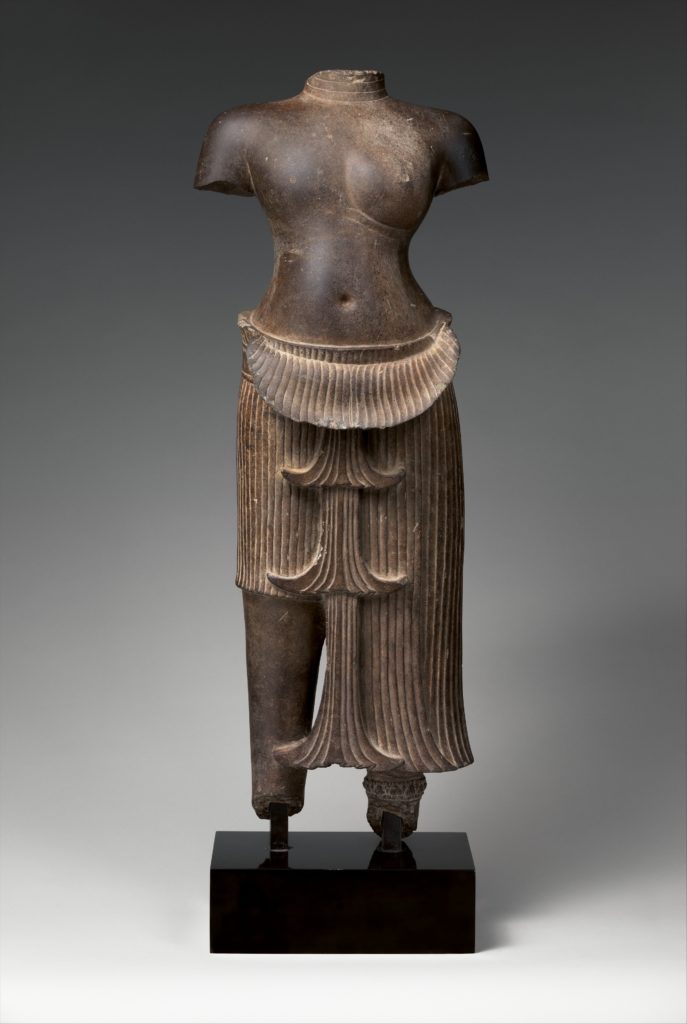
The left side of the body is associated with the heart and feminine attributes such as intuition and creativity, while the right side is associated with the brain and masculine characteristics such as methodical thought and gallantry. In most representations, the right half is usually Shiva and the left is Shakti though rare depictions of the Shaktism school portray the feminine on the dominant right side.
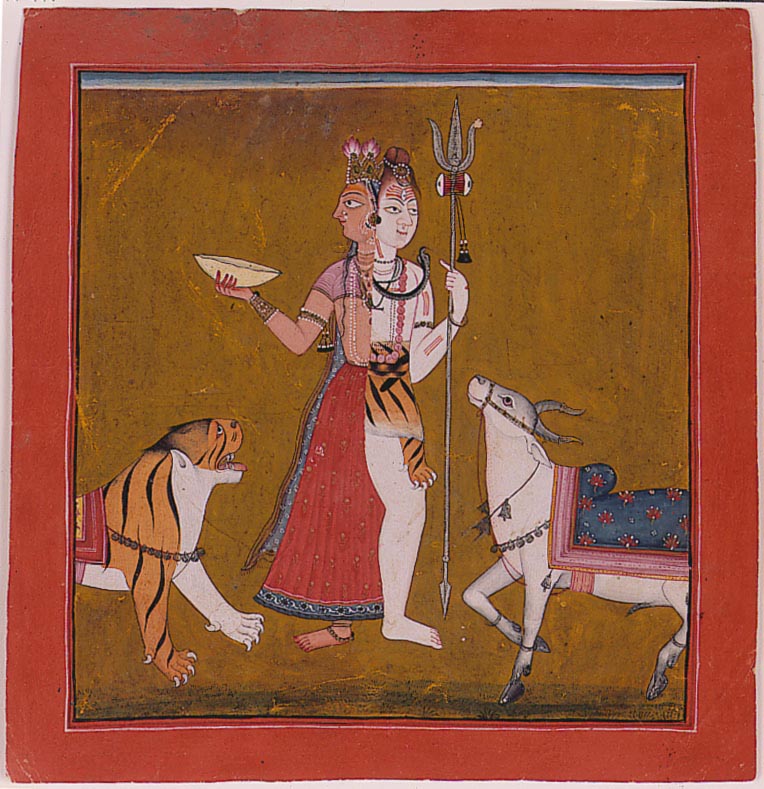
The male half is depicted with broad shoulders, a flat masculine chest, and muscular thighs. He has a wider body that may be smeared with ashes. He bears the recognizable aspects of Shiva such as serpents, matted dreadlocks, and a crescent moon with the river Goddess Ganga flowing through his hair. North Indian images may portray the male aspect as half-nude and ithyphallic, however, South Indian portrayals always have the loins covered with a garment. Half of the third eye may be on the male side of the forehead or a full third eye may be shared by both halves of the deity.
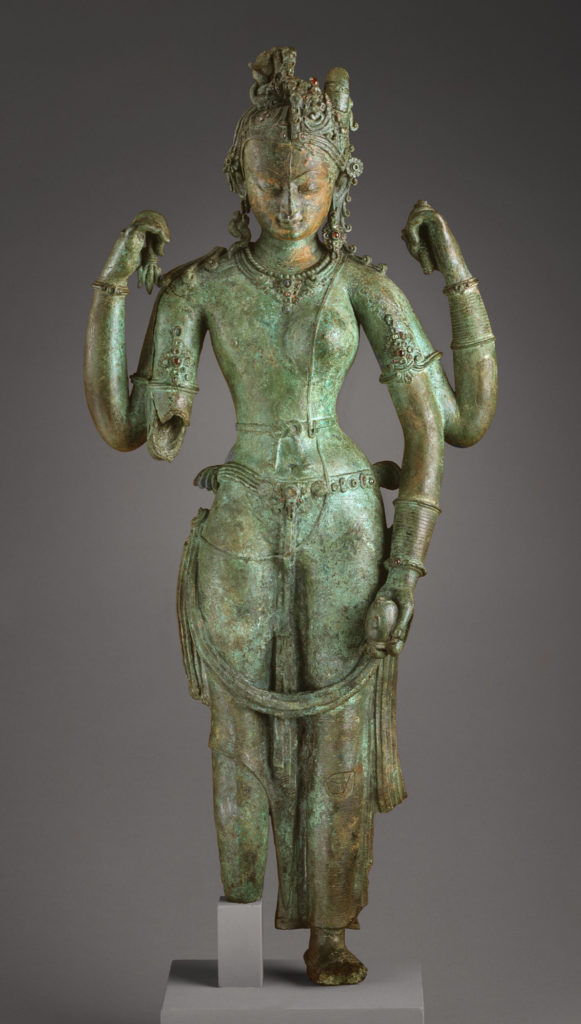
The female half of the Ardhanarishvara is portrayed with a curvier feminine body as well as an exaggerated bosom and hips to emphasize the female form. She may be portrayed with white or green skin and her body may be smeared with saffron. She is adorned with traditionally feminine ornaments such as bangles and anklets. Though they differ in style, earrings are worn by both halves of the deity. Shakti’s hair is likely well-groomed with a basket-shaped crown on top. She may be portrayed with a tilak (red dot) on her forehead, matching Shiva’s third eye or just below the common third eye. A common halo may be depicted behind their head, though sometimes the shape of the halo may differ on either side.
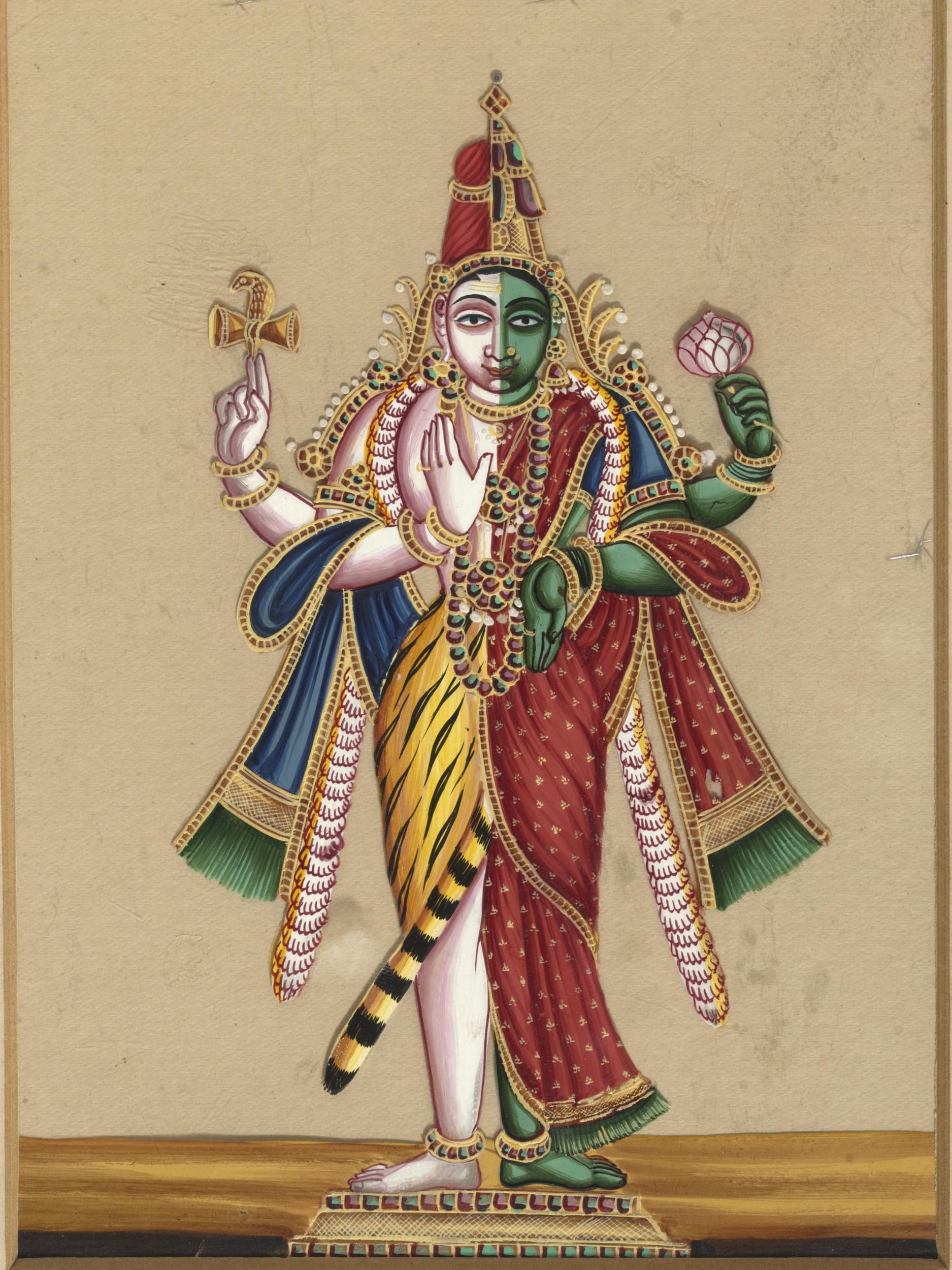
Most Hindu deities are accompanied by an animal companion or vahana. Traditionally, Shiva’s mount is a bull and Parvati’s mount is a lion. The Ardhanarishvara is usually accompanied by Nandi, the bull as the common vahana. In some depictions, however, Nandi is depicted near Shiva’s foot, while Parvati’s lion is near her foot. Parvati may even have a parrot perched on one of her arms.

Though at first glance the Ardhanarishvara appears to present two equal halves of a whole, it can be argued that the female here is a dependent entity. According to some of the mythological origins of the Ardhanarishvara, Parvati becomes a part of Shiva and thus, the Ardhanarishvara is a representation of Shiva and his all-pervasive nature. This is also apparent in the iconography where the Ardhanarishvara has three arms and Shiva is allotted two, while Parvati has just one. The Ardhanarishvara deity is also often mounted on Shiva’s vahana, Nandi while Parvati’s lion may or may not be present.
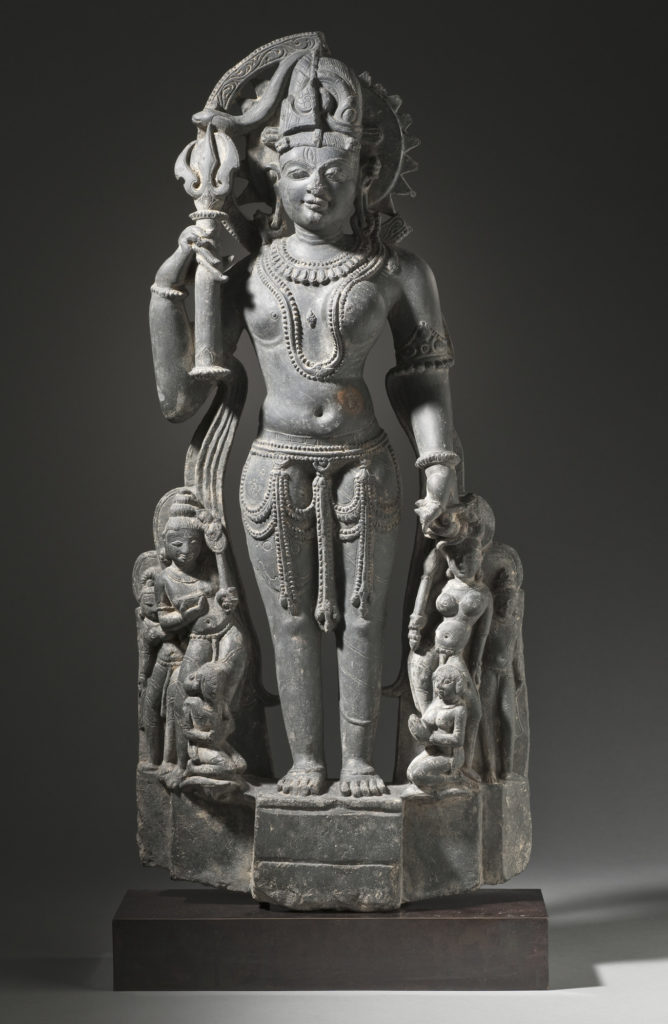
Though there are very few temples dedicated solely to the worship of the Ardhanarishvara, historical data indicates the possible existence of a faction of Hindus centered around the Ardhanarishvara in ancient times. Though no such faction appears to be in existence anymore, it is interesting to note that the Ardhanarishvara form appears in most temples and shrines dedicated to Shiva all over South and Southeast Asia.
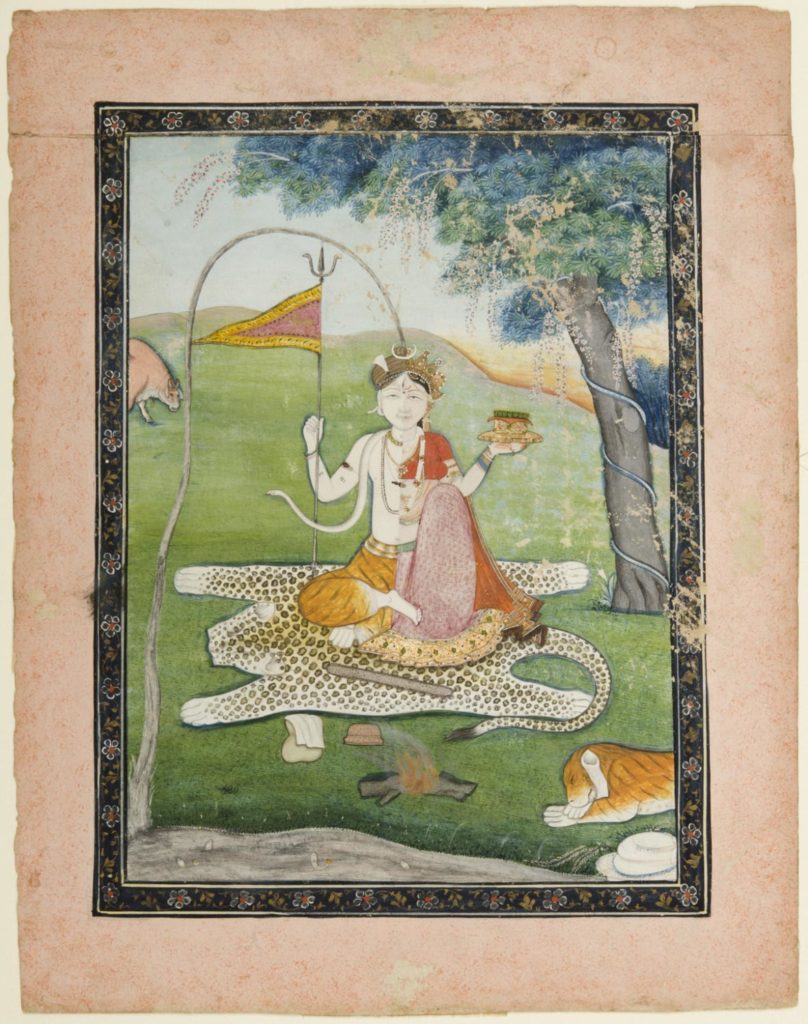
DailyArt Magazine needs your support. Every contribution, however big or small, is very valuable for our future. Thanks to it, we will be able to sustain and grow the Magazine. Thank you for your help!